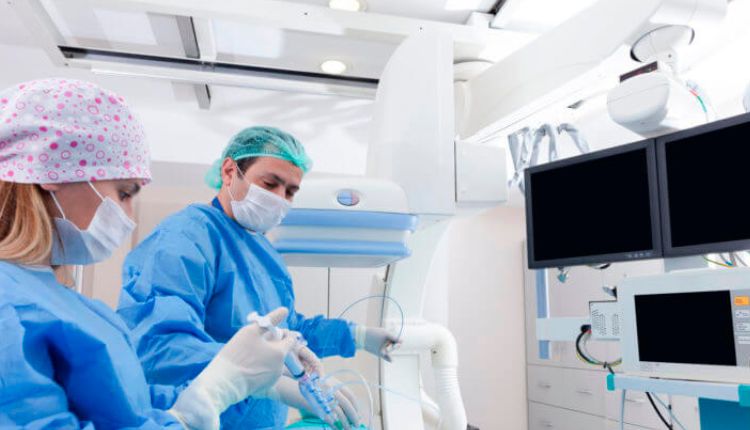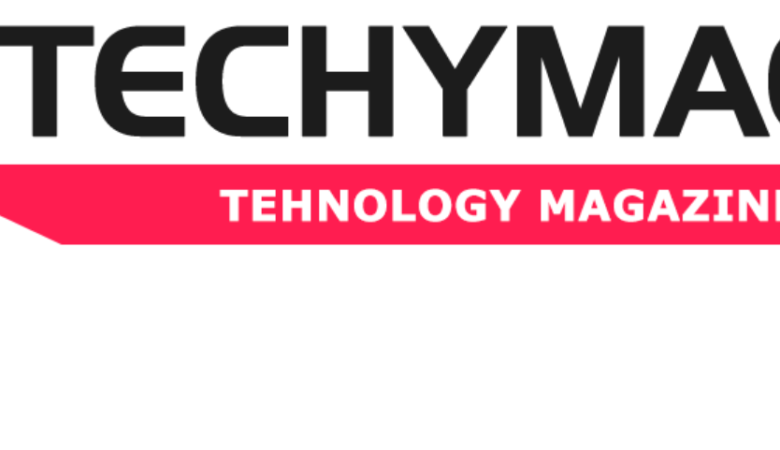Machining hard materials requires intensive processing that uses a lot of force and impact. This can cause stress and deform the material while rapidly wearing down the tool. Wire EDM cuts through hardened materials without any stress or distortion, eliminating the need for post-machining heat treatment and reducing waste. In addition, the process allows for incredibly precise molding and drilling of small parts.
High Tolerances
In contrast to traditional machining processes, wire EDM cutting does not impose force on the workpiece, enabling extremely high tolerances. This makes it ideal for highly complex and delicate parts like aerospace gears, medical devices, and high-precision actuation systems. The EDM process uses electrically charged wire to cut intricate shapes in conductive metals, such as titanium and steel. The wire is shaped to produce a negative impression of the desired part shape on the workpiece. The wire is submerged in deionized water to cool and flush away debris as it cuts, producing a finer finish and tighter tolerances.
However, since the process involves quickly repeating regulated electrical charges down a single strand of wire, it can only be used on materials that conduct electricity. Any composite or material covered with a dielectric is not feasible to cut with EDM.
High Precision
A high level of precision can be achieved when using wire edm replacement parts. The ability to cut hard, thin, and fragile materials without impacts that can cause stress or bending is unique to this type of machining. This helps reduce the need for follow-on processes and improves the finished part’s quality. A brass wire is commonly used as an electrode in the EDM process, and its corrosion rate can be improved with a zinc coating. Its conductivity is also high, and it is able to reach temperatures of almost 10,000deg C when the electric current passes through it.
A precise servo motor keeps the gap between the workpiece and the wire at a constant distance, allowing electrical discharges to erode the conductive metal only in precisely focused areas. This results in a zero-distortion processing that allows for unlimited feature complexity and extremely tight tolerances.
Versatility
EDM is the best option for machining hard-to-machine materials that can’t be cut with traditional methods. It can produce intricate shapes and precise cuts in difficult to reach areas, eliminating the need for secondary processes like polishing or buffing. It can also handle a broad processing spectrum, from soft copper and brass to the hardest metals such as tungsten carbide, molybdenum, and Inconel. Material hardness has little impact on the cutting rate, so it’s possible to create complex parts with extreme feature accuracies and tolerances.
Additionally, EDM cuts without impact, which eliminates internal stresses and distortion from the process. This ensures precision and accuracy throughout the process. A high-quality machine with adept operators can achieve consistent results that are repeatable over time. This is especially important in repetitive applications like punch and die sets or intricate gears.
Cost-Effectiveness
A wire EDM machine can cut any conductive material, including some of the hardest materials that are impossible to cut using conventional cutting tools. This versatility means a single machine can handle different types of workpieces without having to change machines. This saves time and money. Since it does not require mechanical force, wire EDM processes parts with precision and accuracy. This reduces machining time, labor costs, and tooling expense. It also produces fewer defects than other machining methods and requires less time to clean up the part.
The precision of a wire EDM machine also allows it to produce tight tolerances and burr-free results without deforming the tube wall as other cutting methods can do. This provides medical manufacturers with high-quality and reliable components that comply with stringent FDA standards.
Efficiency
Unlike many fabrication processes, Wire EDM leverages thermal discharges to cut through parts instead of brute force. This reduces the likelihood of stress deformation in the finished product and increases the efficiency of the manufacturing process. The use of brass wire (an alloy of copper and zinc) that has been diffusely annealed provides fast cutting while still offering high accuracy. By lowering power and flushing pressure, tolerances as tight as +/- 0.001″ can be achieved.
As with any manufacturing method, there are certain limitations associated with using wire EDM. Most notably, it is only practical to use the process for conductive materials that are capable of conducting electricity. It is also less effective for machining complex geometries. However, these drawbacks can be overcome by planning a part’s geometry in its early design stages.
Conclusion
While some machinists pigeonhole the process as only useful for one-of-a-kind and low-production parts, this isn’t fair. It’s a great option for many use cases with geometric challenges, surface finish requirements, and/or high tolerances.












